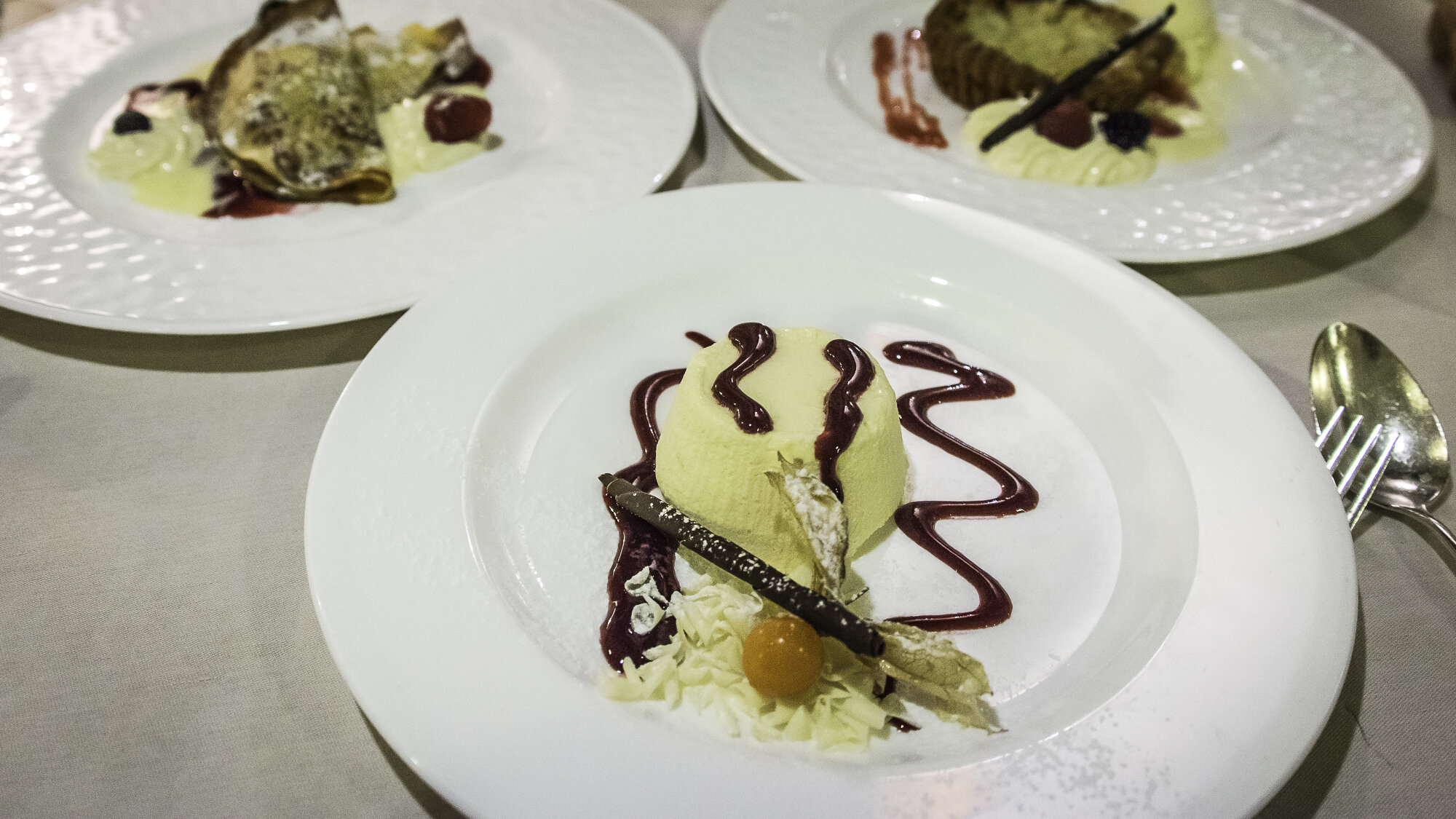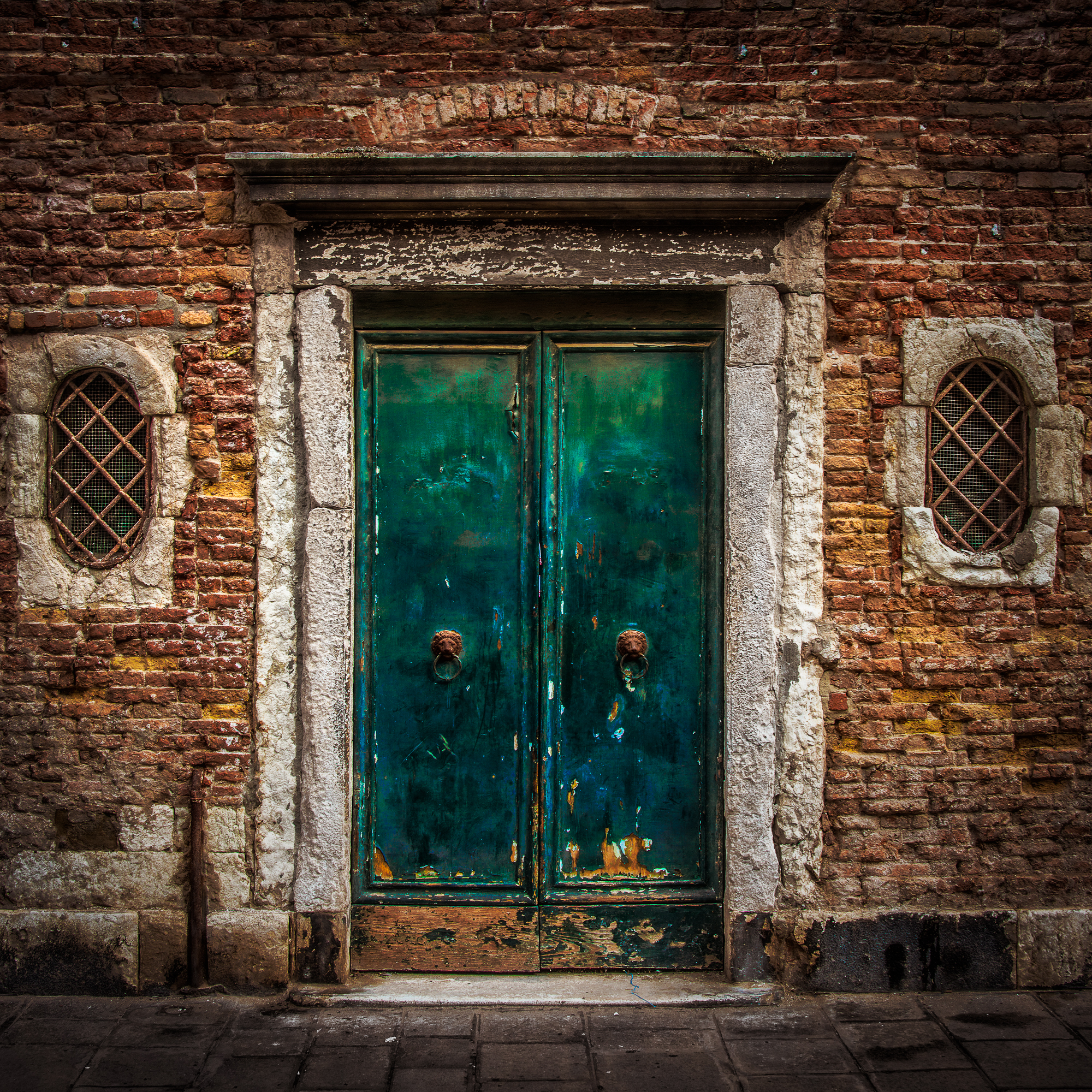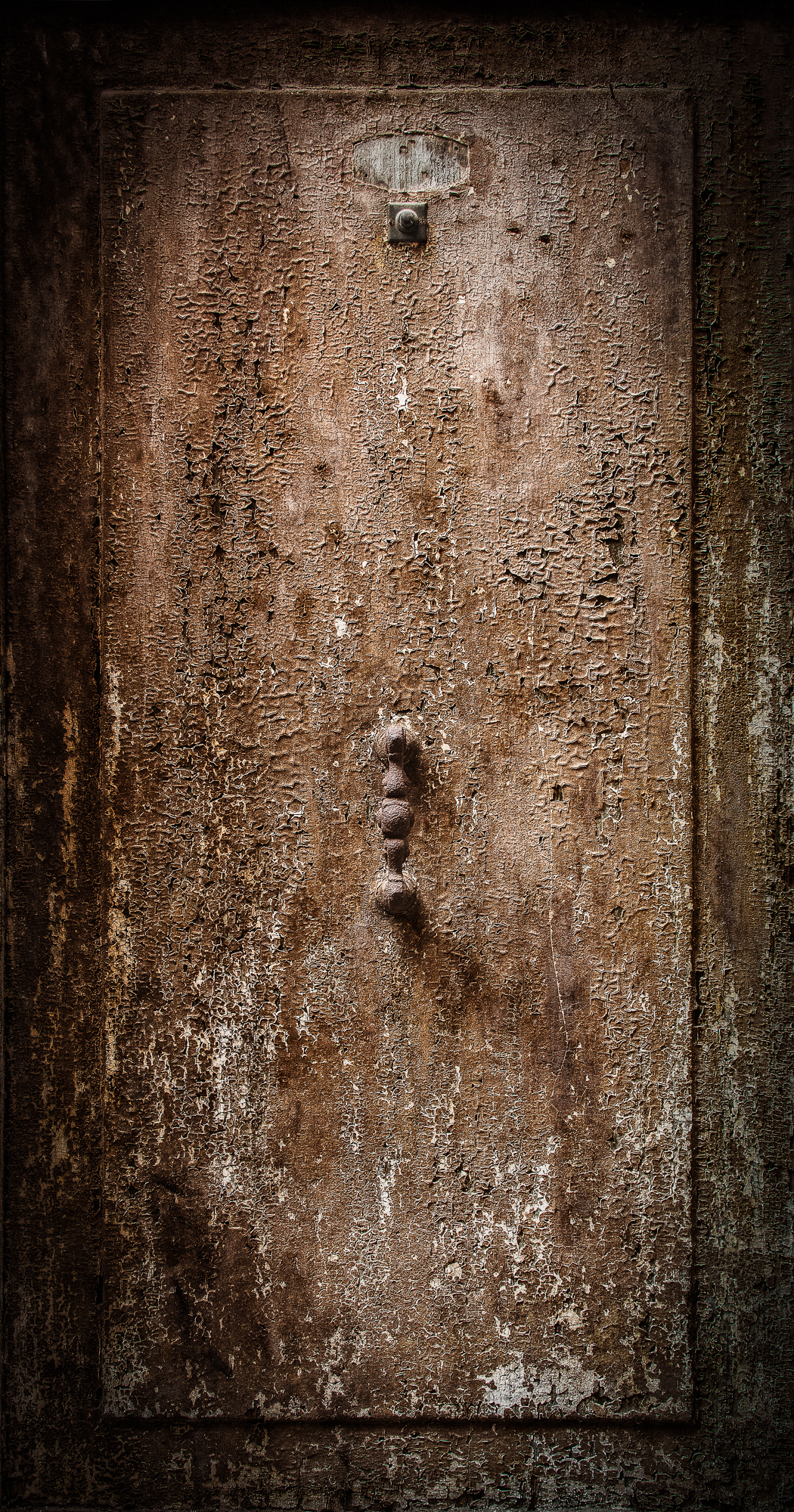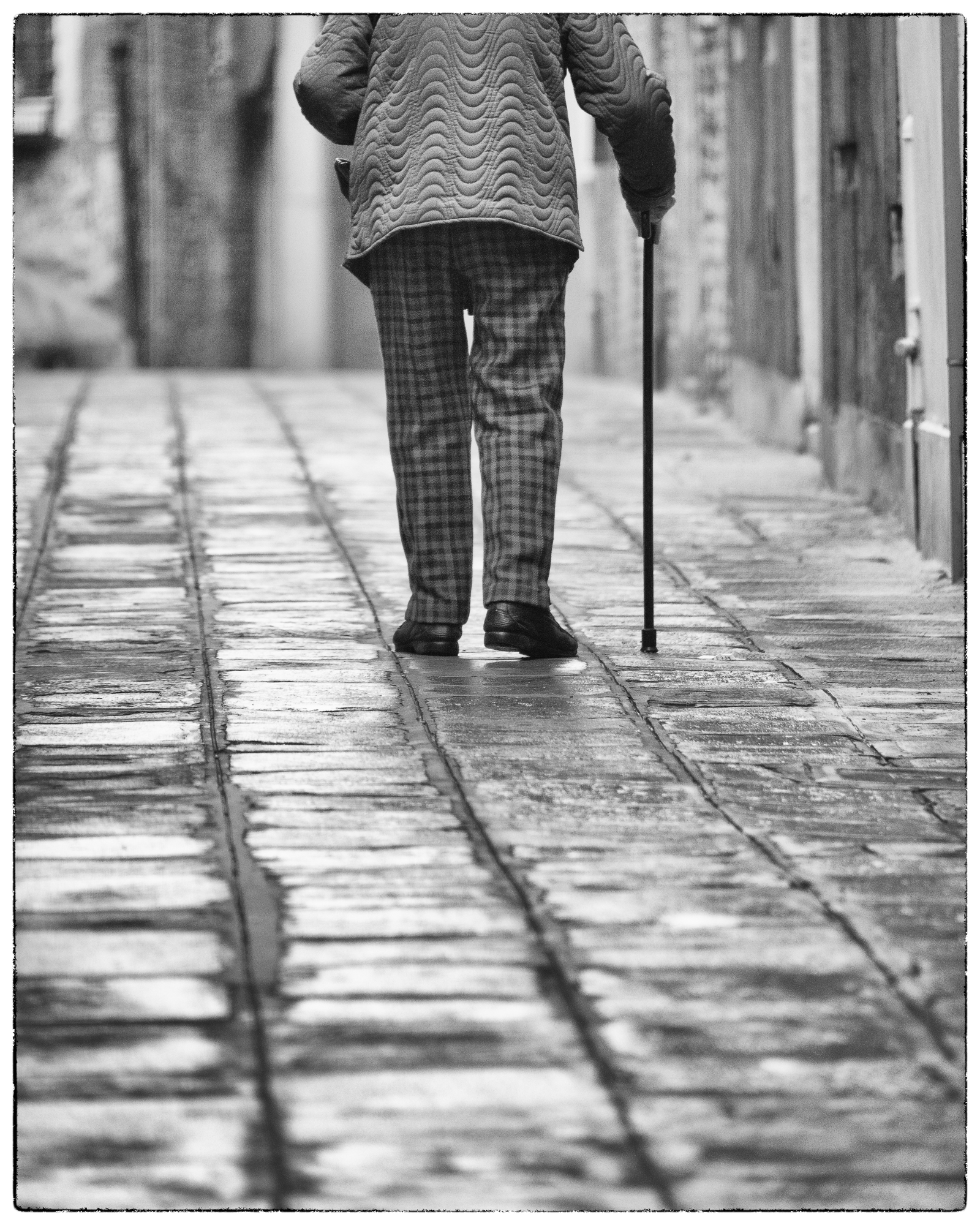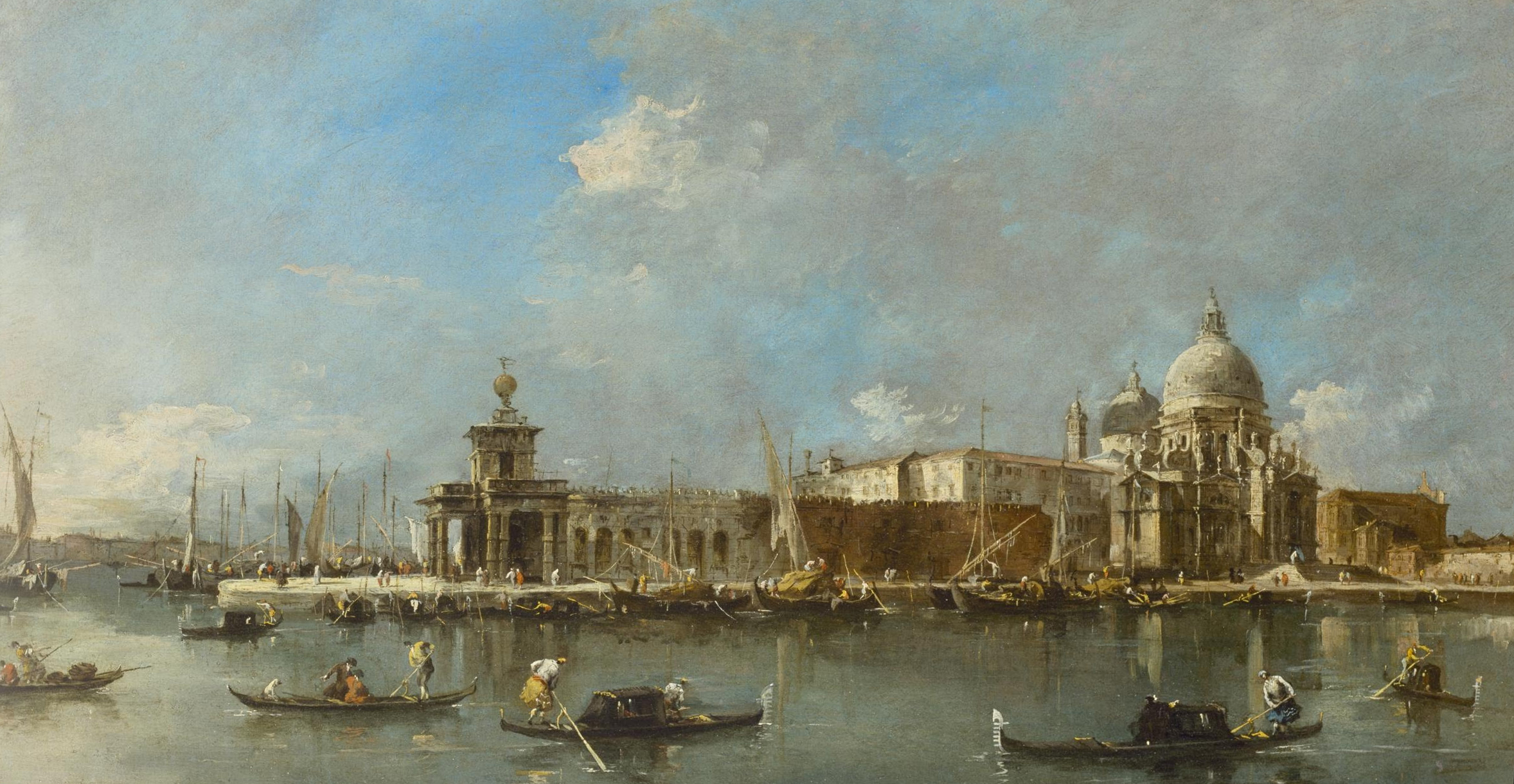“Join me now for a quiet walk in Venice’s Dorsoduro sestiere, with pleasant sights along he way”
It’s time to slow our lives down a bit and have a simple, quiet day in out-of-the-way locations of Venice. Tag along as I take a walk through quiet Dorsoduro, ending the day with a pleasant meal…and more.
For sure, there is a lot of hustle-and-bustle in Venice, especially in the districts of San Marco and San Polo, but you and I will be spending the day exploring Dorsoduro.
We plan to visit the Gallerie dell'Accademia (Venice’s art gallery), and have lunch somewhere along the way…though we know not where, as we start. There’s a mask shop I’ve heard about and into which I’d like to take a peek. And, if I have time, there’s Campo Santa Margherita, which is a great place to sit under a tree and do a bit of people watching. Not sure where we’ll go after that, but who cares, right?
So, let’s get going!
We Begin Our Walk
We need to get to Dorsoduro from the Hotel Flora, where we are staying in the sestiere of San Marco. We get to Dorsoduro by passing through Campo Santo Stefano, and then crossing over the Academia bridge. It’s taken us awhile to get away from the area of our hotel, as so many of our favorite shops are situated along Calle Larga XXII Marzo. Like La Ricerca, which we never pass up without going in to browse, purchase, and visit. His mother a master bookbinder 40 years ago, he keeps the tradition alive using a small group of gifted leather and bookbinding craftsmen to supply his small shop. Six years older in the right photo, but still the same great smile!
We pull ourselves away from the craft shops along the way until finally, we are in the quiet Dorsoduro.
As we cross the Accademia bridge, we note the ‘lover’s lock’ that Ellen and I placed there on a previous trip!
Actually, we don’t do that sort of thing. We put it in the same class as graffiti. For this photo, I borrowed the photo from Helen’s and Georg’s lock.
For your information, the Accademia bridge has been completely redesigned and reconstructed to prevent such appliques. Sorry Helen & Georg, no more displays of your true love.
Gallerie dell'Accademia
As the Gallerie dell'Accademia is right before us as we descend from the bridge, we may as well go in to see the magnificent art pieces that hang there.
A discussion of the Accademia will be held for another day, but I’ll just point out one art work that we’ll see on our visit today. It’s Giovanni Bellini’s “Madonna and Child between Saints Catherine and Magdalene”, shown here in a surreptitiously captured photo from a previous visit. There is such beautiful brushwork in this 23”x42” work of art.
We’ve spent a good bit of time in the Accademia, and we feel the pangs of hunger. It’s time to wander toward that lunch that I’d promised you.
We’ve heard good things about Ai Gondolieri, but that is not in the general direction that we had planned to wander…we want to get to the large Campo Santa Margherita to see what we can see. So, we’ll head west.
An Unusual Wine Shop
I’ll snap some photos of the sights whilst we stroll the calle of Venice. Like this wine shop where you bring in your own bottle and self-serve fill it with wine, right from the demijohn. I checked my pockets and didn’t have any bottles on me, so I’ll have to rely on whatever restaurant I find for us along the way.
Bridges Make For Hard Work In Venice
There are 409 bridges in Venice, and one rarely finds one that doesn’t have steps. And as there are no land-based vehicles in Venice, deliveries are made with hand trucks…like this one. This adds to the cost of goods. And it creates delivery men with great leg strength.
See the little wheels just to the front of his rubber tires? That’s the secret to working one’s way up and over the steps.
Stay Tuned for Next Week’s Article
Then here’s a rather non-descript door that I might be able to transform later for you. Maybe even next week. So, be sure to come back to see what I do with this blah snapshot.
A Quick Pharmacy Stop
Here we find a pharmacist, taking a telefonino break.
OK ladies, and you gentlemen interested in maintaining a youthful look, you might want to pick up some of that DÒLIVA advertised in the window of the farmacia. It suggests that you should ‘love your skin’, and promises it will contribute to the care of all 360° of your face. It’s amazing what olives can do for one’s complexion.
Floating Market
What’s this? A floating market..selling fresh produce from the mainland. And, not all is what we see in our own markets.
Ahoy, Matey!
As we take a sharp left to avoid falling into the Rio de San Trovaso canal and losing that bag of Doliva that you’re carrying, we see a father taking his two children on a water-bourn adventure. Are pirates in their future?
I doubt that we will see them in that little boat later on the busy Grand Canal.
Where The Gondole Go For Repair
Now we are along the canal known as Rio de San Trovaso. With a bit of guide-book research, we find that Rio de San Trovaso is the canal from which the gondole of Venice are maintained and repaired. Here is a photo of Campo San Trovaso, where the gondole are dragged up onto dry land (at least it’s dry at this moment, and a bit more on that later).
Seeing this rare site gives me the idea to write a blog article about the ubiquitous gondole soon…stay tuned for that.
And Now, Lunch…Finally!
Along this canal, we find a likely candidate for lunch. Taverna San Trovaso seems to be just what we are looking for…quiet and out of the way.
Here is the entrance to Taverna San Trovaso. Definitely unassuming…but the warm wood promises a warm-inside experience.
Here’s a photo from their website that well shows the inside first floor…which is less formal than the upstairs dinner spot.
Here’s what I’ve ordered for lunch.
First was crudo, stracchino. This translates to raw meat (raw, but well aged and cured prosciutto…you can read more about that in my previous article on Italian meats) and cheese. In this case, the cheese is stracchino (strak-KI-no). It’s a type of Italian cow's-milk cheese that’s eaten very young. It has a soft, creamy texture and normally a mild and delicate flavor. Here is my plate.
You can see that I’ve got a basket of bread and packaged grisini to go along with my crudo. And, I’m sure that you didn’t miss the small carafe of vino rosso. And those who know me well searched and found a can of Coca-Cola Light along the right edge of the photo.
As I’m into just a lite lunch today because I’m saving up my calories for a nice dinner at Antico Martini later tonight, I’ll just have a simple salad…this one with mozzarella, tomato and arugula, topped with a few savory olives. In Italy, mozzarella is made from the milk of water buffalo, and is referred to as ‘bufala’.
That about sums up my typical lunch for today. On other days, I might have worked in fresh seafood, because it is definitely fresh here in Venice.
And speaking of summing up, what has all this come to in Euros? Let’s check out the tab.
That’s a grand total of 30 Euro. I know you are about to say ‘Ouch!’, but remember that everything, and I mean EVERYTHING, brought in and consumed in Venice is brought in by boat. Your wallet? Don’t leave home without it.
And, did you notice the wine and the Coca-Cola for the same price? On a budget, might as well drink the wine.
That last charge of 2 Euro is the ‘cover charge’. This is your ‘sitting down to eat’ charge. Many times, if you eat at the bar (and don’t mess up a table cloth and use the normal wait staff), you will not have a coperto charge.
You are asking, ‘Was your server a woman?’. Yes!
This has been a rare experience in our trips to Italy. So, I’ve decided that documentation is in order!
High Water Mark
We are fortunate that it is not the season of aqua alta, or high water. That season is generally around November, when tides and winds blowing to the northwest up the Adriatic pile a good bit of unwanted water into the Venetian lagoon. Take another look at the entrance to Taverna San Trovaso above, and then look at the photo below (which I snapped from a photo on the wall of the restaurant).
There’s danger in aqua alta! There are many calle that end at a small canal, with no wall or railing to keep you from falling into the canal. When the water is at a normal level, you can see that the calle ends, and you can avoid an unplanned dip. But when the water is high, and has flooded the calle upon which you walk, beware, as there may be a canal, and not an intersection with another calle. Locals know their way around, we don’t.
Let’s continue on our stroll high-and-dry through the calle of the Dorsoduro district.
A Friendly Maker of Venetian Masks
Here’s a friendly craftsman. This gentleman is the maker of the famous Venetian masks that are seen during Venice’s Carnevale (the equivalent of the New Orleans’s Mardi Gras).
Here he’s sitting outside his shop on this sunny day, forming what will become a festive mask.
Shhhh!
It must be a slow day for the gondola trade. Just so you know, I didn’t disturb him as I tiptoed by.
However, it’s not a completely unproductive day for gondoliers, as we can see as this happy couple seem to be enjoying their afternoon ride.
It’s Time for Reflection
Now, we pause to reflect on our day thus far…
Venetians, Doing What Venetians Do
And then there are the Venetians, going about their daily Venetian routines.
Joining In On A Fashion Shoot
Ahh, here’s a fashion shoot. I think I’ll join in. She looks beautiful, doesn’t she.
Hmmm. I seem to remember joining in on a photo shoot yesterday with this same model…that shoot was at the Rialto bridge. Yes, I think it’s the same beautiful model…though with a different wedding dress.
Is Anyone Home?
And here are the door bells for the Polizzi, Gervasoni, and Agnoli families. I wonder what the architect was thinking about when he created this design? Hmmm, I wonder.
An Afternoon Gathering of Friends
In a quiet place, we see two friends having a nice afternoon chat, both with a cappuccino, if I remember correctly.
Souvenir Shopping
And now a shop window, where one can purchase a souvenir hat to commemorate one’s visit to Venice.
Interested in Alfresco Dining?
And here, a typical al fresco dining situation in Venice…outside, but still classy.
We Need To Get A Move On!
Uh oh, that table setting reminds me that I need to get back to the Hotel Flora to freshen up and get ready for that dinner at Antico Martini. I’d hoped to get to Campo Santa Margherita to get supplies for a picnic tomorrow on the super-quiet and out-of-the way island of Torcello. I’ll have to pick up picnic items early tomorrow at the Rialto Market.
Antico Martini is a restaurant that has been in continuous operation since the 1700s and has seen a lot of Venetian history. And, I must say that I also made Antico Martini history, as years ago, I was the first person to ever make a reservation there using the internet! This distinction garnered fresh flowers on the table, as well as prosecco on the house! Thank you, Emilio.
So, it’s back to the hotel. Walking briskly along the Grand Canal, it starts to sprinkle just a bit. And here, I learn what the Venetians do as they drive their boats in the rain. Just what the rest of use do as we raise our umbrellas as we walk.
Stepping Out For Dinner And More
I’ve gathered the group at the Hotel Flora and we are heading out to dinner.
And, here we are at our favorite Venetian restaurant, Antico Martini…always a pleasant and relaxing meal after a long day in Venice.
Are we in the right place? I believe we are.
Scott and I peruse the wine list at Antico Martini, which has many tasty offerings.
Do you recognize the winged lion of San Marco on the wine-menu cover?
It’s time for a toast to friends not present…which unfortunately, includes you..this time.
Our dinner fare is not as simple as that at Taverna San Trovaso, but I was able to have another bufala salad…this one a caprese.
Our After-Dinner Destination
After dinner, one does not go to the movies in Venice…one goes to Piazza San Marco…and should one choose, dancing.
Only when we hear the campanile’s Marangona bell toll midnight do we leave…and then reluctantly. And then, It’s back to the hotel for a restful night’s sleep in this quiet, idyllic hotel.
I’m glad you got to spend the day walking the quiet calle of Dorsoduro with me. But now, at the end of the day, it’s time to spend a bit of time with my bride.
I hope that you enjoyed our stroll through the calle of Venice’s quiet Dorsoduro sestiere. And, Dorsoduro is just one of six sestieri that make up the amazing floating city of Venice. Maybe tomorrow we’ll run into each other in Cannaregio’s Ghetto. Or, maybe we can relive Venice’s sailing days at Castello’s Arsenale. Wherever you may roam in Venice, I know that you, too, will create many memories along the way.
Ciao for now,
Steve
Don’t miss out on a single article of Italy…click here to subscribe


















